[58] “Bolson de Mapimi”—from Wikipedia: “an internal drainage, basin in which no rivers or streams drain to the sea, but rather toward the center of the basin, often terminating in swamps or ephemeral lakes. It is located in the center-north of the Mexican Plateau. The basin is shared by the states of Durango, Coahuila, Chihuahua, and Zacatecas.”
[58] “Sopilotes”—a bird from the vulture family
[58] “carreta”—Spanish for cart
[58] “dam”—mother
[59] “possibles”—essentials (from possibles bag: a kind of messenger bag made of buckskin that contained anything a man might possible need.”
[60] “seep”—a seepage spring where groundwater comes to the surface.
[60] “scoria”—dark, volcanic rock.
[60] “bayonet plants”—a type of Yucca with razor-sharp leaves.
[60] “vadose water”—from Wikipedia: “The vadose zone, also termed the unsaturated zone, is the part of Earth between the land surface and the top of the phreatic zone, the position at which the groundwater (the water in the soil's pores) is at atmospheric pressure ("vadose" is from the Latin word for "shallow"). Hence, the vadose zone extends from the top of the ground surface to the water table.”
[60] “monkeyflower”—a species of yellow flower native to northern Mexico.
[60] “deathcamas”—a poisonous plant, native to this region.
[60] “reliquary”—a container for religious relics, sometimes an ornate and decorated box or chest.
[60] “Bald and pale and bloated, larval to some unreckonable being”—what else in this novel is bald, pale, and bloated? It’s almost as if this grotesque tree out of Cormac’s nightmare vision is growing small Judgelings.
[61] “consumption”—Sproule is afflicted with tuberculosis and like many sufferers in the 19th century, has been prescribed dry, desert air as a therapeutic.
[62] “corbels”—a type of load-bearing bracket on a building, sometimes decorative.
[63] “a gypsy card that was the four of cups”—the Four of Cups is the card associated with the Kid. He will draw it in Chapter VII’s fortune telling sequence on p. 98.
[64] “terra damnata”—literally, “damned earth.”
[64] “carreta”—a cart.
[65] “whinstone”—any hard, dark rock such a chert.
[65] “monocline”—a fold in the rock strata.
[67] “escopetas”—a type of shotgun popular in Mexico at the time.
[67] “Qué quiere?”—“What do you want?”
[67] “Buscan a los indios?”—“Are they looking for Indians?”
[69] “bloodbat”—the common vampire bat is native to northern Mexico and, while uncommon, there are reported instances of this species drinking human blood.
[71] “headstall”—the part of the bridle that fastens around the horse’s head: the bit attaches to the headstall.
[73] “rebozos”—a large, scarf-like garment worn by women in Mexico.
[73] “almagre”—a red ocher, worn as blush.
[73] “fusils”—the fusil was a primitive, flintlock musket.
[73] “mendicants”—beggars.
[73] “carboy”—a large demijohn jar.
[73] “mire”—“Look.”
[74] “calabozo”—literally, “dungeon.”
[74] “jefe”—“boss”
[75] “malandered”—malanders are a kind of eczema that afflict livestock.
[75] “La gente dice que el coyote es un brujo. Muchas veces el brujo es un coyote”—“People say that the coyote is a witch. Many times, the witch is a coyote.”
[75] “Y los indios también. Muchas veces llaman como los coyotes”—“And the Indians too. Many times they call like coyotes.”
[75] “Y que es eso?”—“What was that?”
[75] “Un tecolote. Nada mas.”— “An owl. Nothing more.”
[75] “Quizás.”—“Maybe.”
[76] “porphyry”—decorative granite.

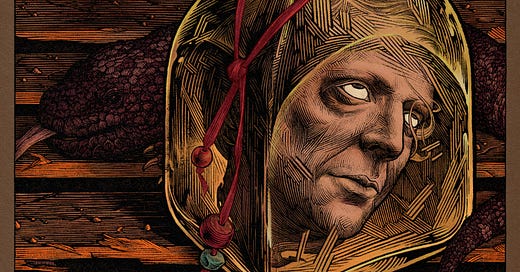




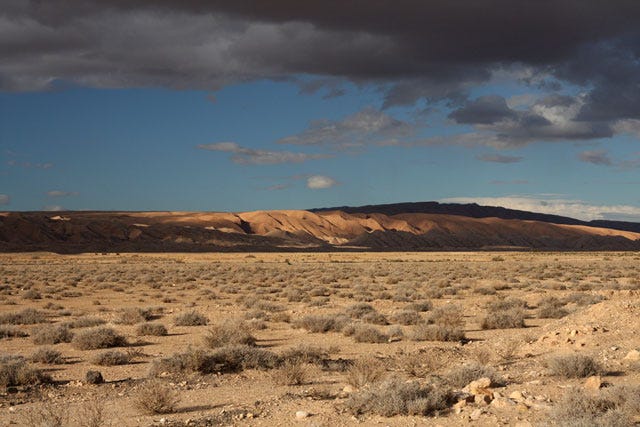
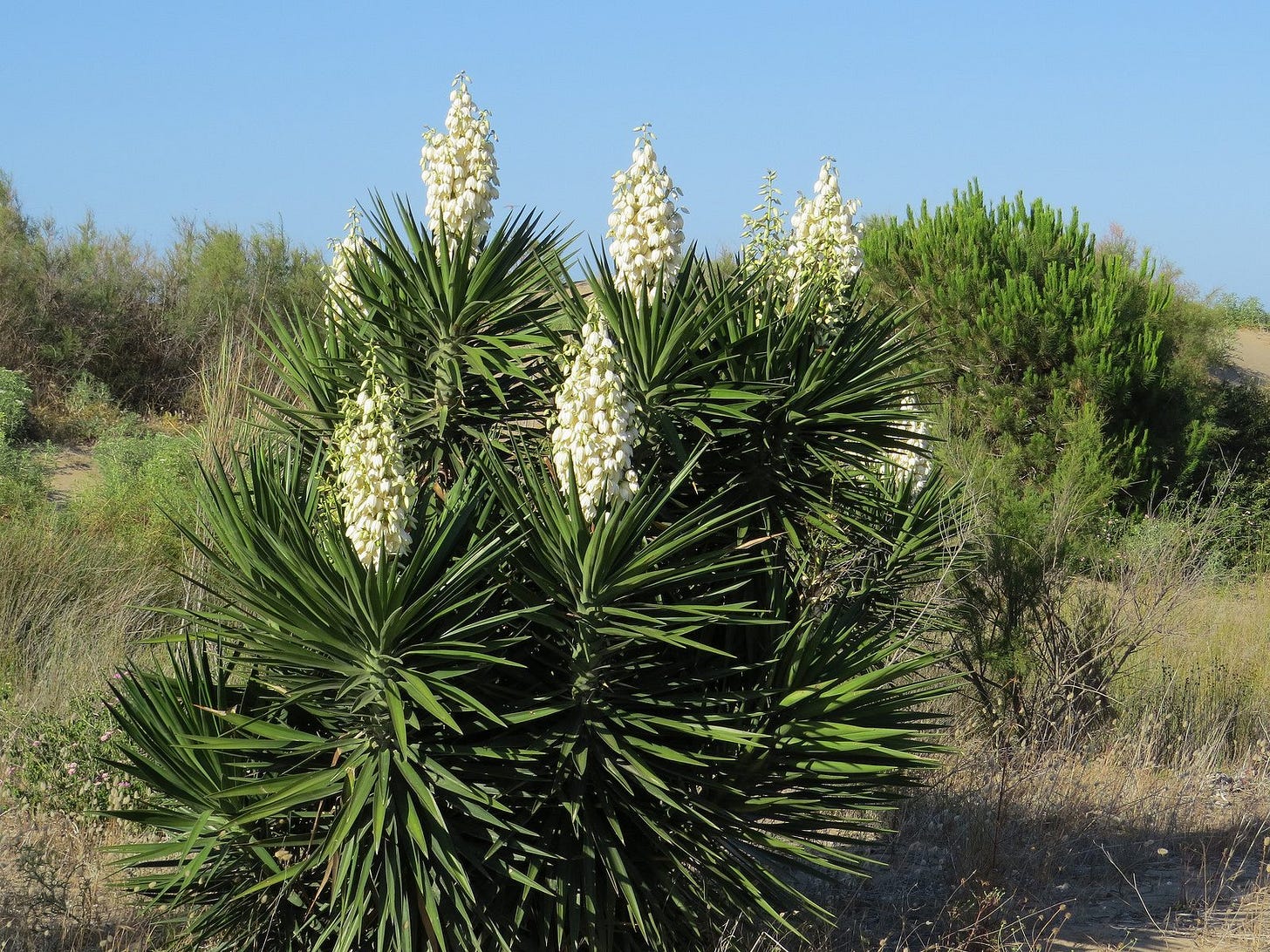
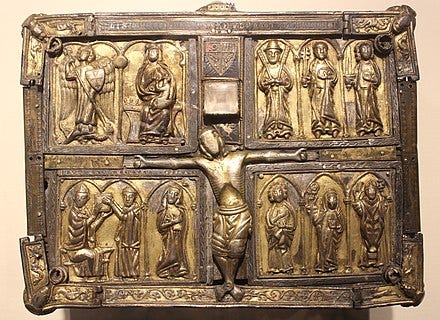


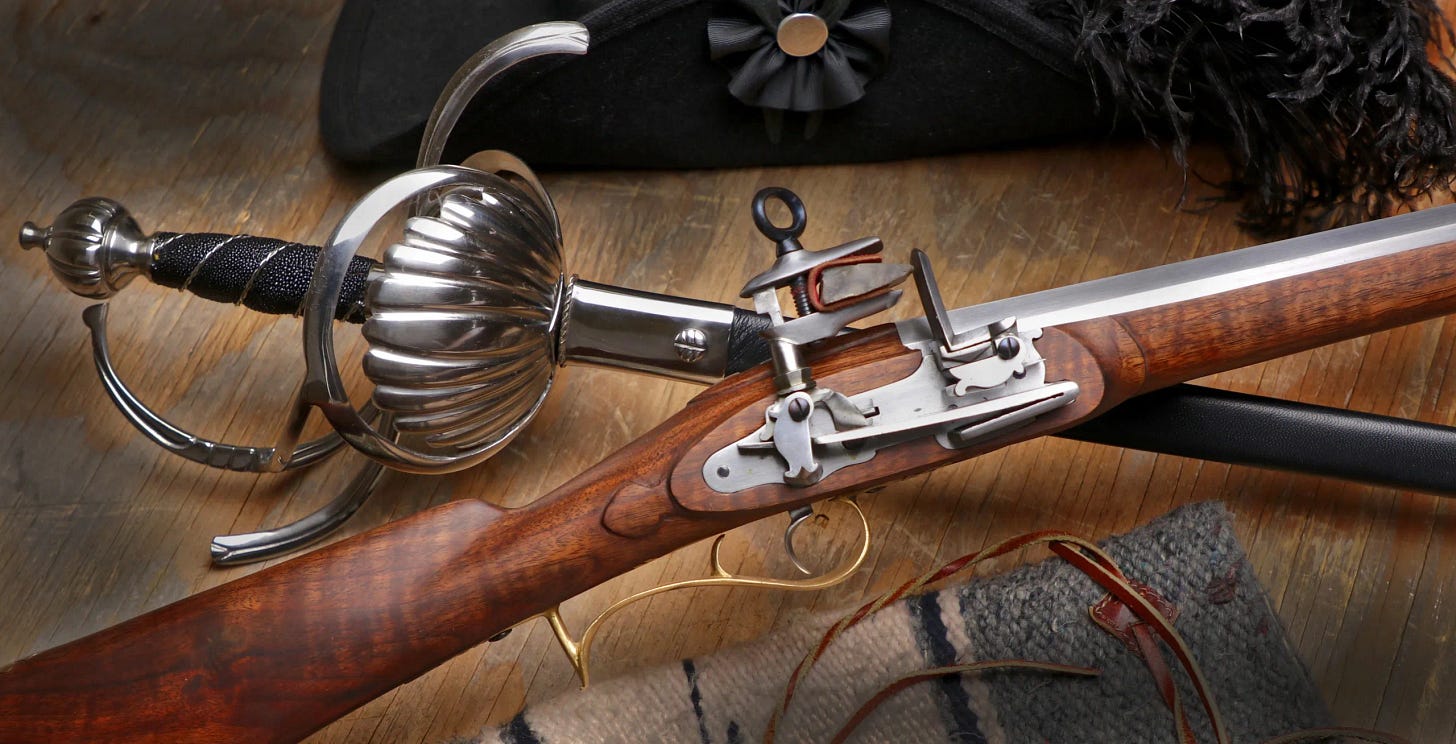
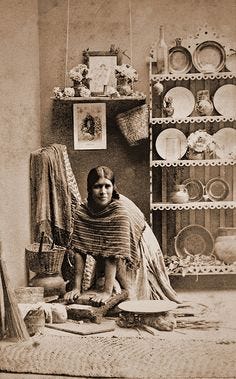

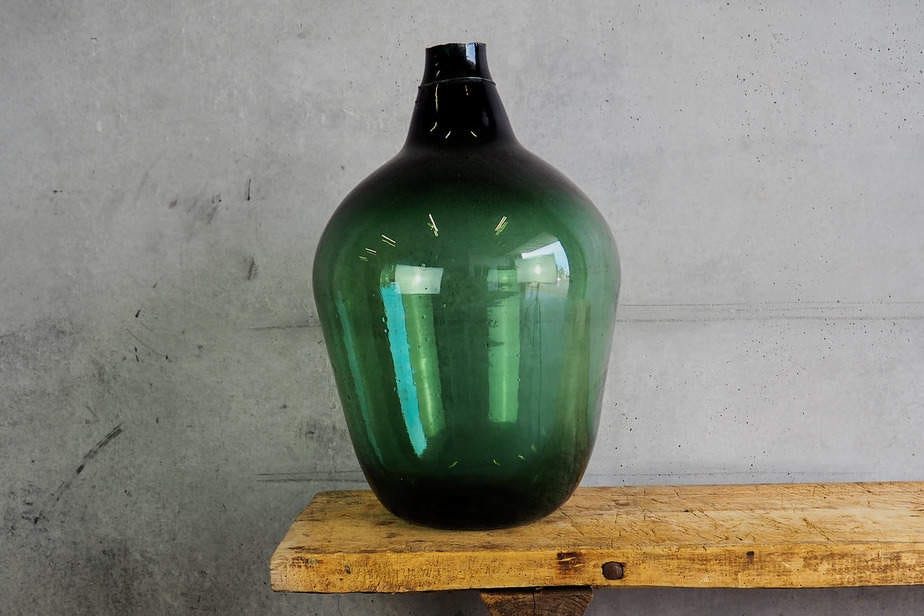
Are there no annotations for the other chapters? I subscribed hoping that there were.